Candrajnanagama Kriyapada & Caryapada: English Translation and Notes
Agamas, like Vedas, are the sources and ground of almost all the philosophical doctrines and the religious life of Hinduism in general and Saktaism and Saivism in particular. It is the treatise which enunciates the nature of the supreme as well as the way to achieve it. Agamas are encyclopaedic in nature. They intensively advocate the ritualistic aspect of religious life and elaborately deal with the scriptural sanctions and regulations of he worship regarding the personal life, as well as the temple rituals. They emphatically assert the truth that is inherent in the philosophical teachings and the mystic experiences of spiritual life. Vedas are the treasures of the elite Aryas and hence to a great extent inaccessible to the common people, where as Agamas preach the spiritual and philosophical doctrines along with the intensive religious sacrament for all which can easily be implemented in the life of the common man irrespective of caste, colour and creed. It is to be noted here that Agama, unlike Veda offers authority of both the principle and the practice to all including the low caste and the women. Agama and Tantra, as it is commonly known and accepted as the synonyms, is the vast treasure believed o be revealed by the Lord of the lords Siva. It is generally a discourse between the God Siva and the Goddess Parvati and with the other manifestations of the divinities such as Rudras, Rsis etc. the contents of Agamas are much more extensive and vibrating than Upanisads as it is related to and observed in almost all the aspects of the life by all the people of society. Some Agmas are also much more older than the later Upanisad Brihat jabala certainly came into existence long time after he old Agamas. Agamas are deemed to have scriptural authority as that of Veda. Sanskrit lexicon 'Nighantu' name the Veda as Nigama and Tantra as the Agama and hence both have been regarded under a common caption as 'Sruti'. since Vedas are mostly of the nature of mantra and so in the form of aphorisms; Agamas, on the other hand, are composed in verses. It is belived to be emanated from God and hence termed as 'Agama'. The syllable 'A' denotes that which is originated, 'ga' signifies 'falling' i.e., falling to the Goddess Parvati and 'ma' means the religion or the doctrine for the devotee. It is the exposition of divine knowledge, the supreme Reality and the way to attain it through the means of prescribed procedures and meditation with the hymns. According to some Saiva sects 'Agama' illustrates the knowledge (a), the liberation (ga) and the means to destroy the bonds (ma). It has been emphasized that the adherers of Agama aim a the ultimate Reality as pure consciousness and bliss, enhance the power of the body and mind for apprehending the Reality in and through their own being. It is to be note3d here that in Agama and Tantra emphasis has been laid down on the fact that human body (anda) consists of the potentiality of the divinity and the supreme Power inherent in the whole creation (pinda). Macrocosm is implied in Microcosm. That implicit Power can be awakened by being immersed in the unflinching deep meditation on the particular points immersed in the unflinching deep meditation on the particular points in the body (cakra) which are regarded to be the base of the power. Mantras are the potent fire that kindle the consciousness-power within; religious rites and duties are the helping processes that prepare the ground and the congenial state to get the ultimate power. Manifested within.
Get it now and save 10%
BECOME A MEMBER

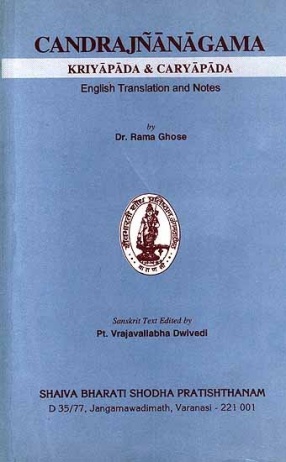
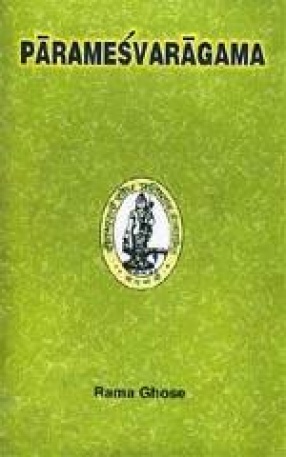
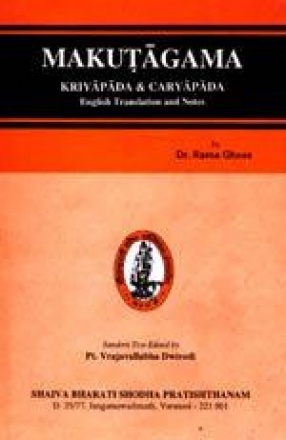
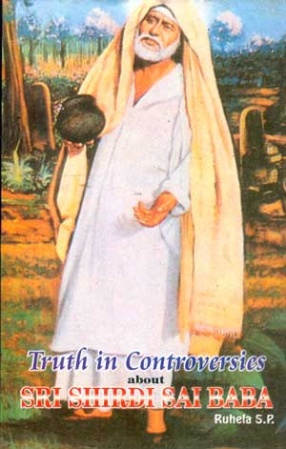
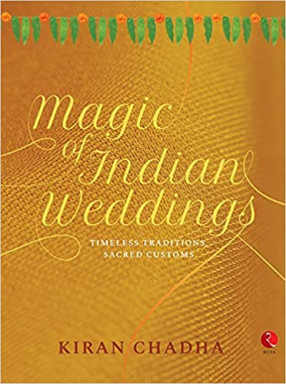
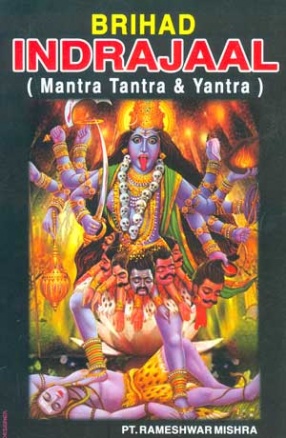
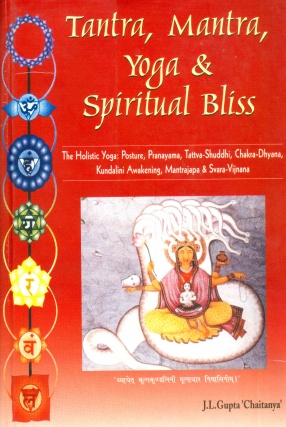

Bibliographic information
Rama Ghose